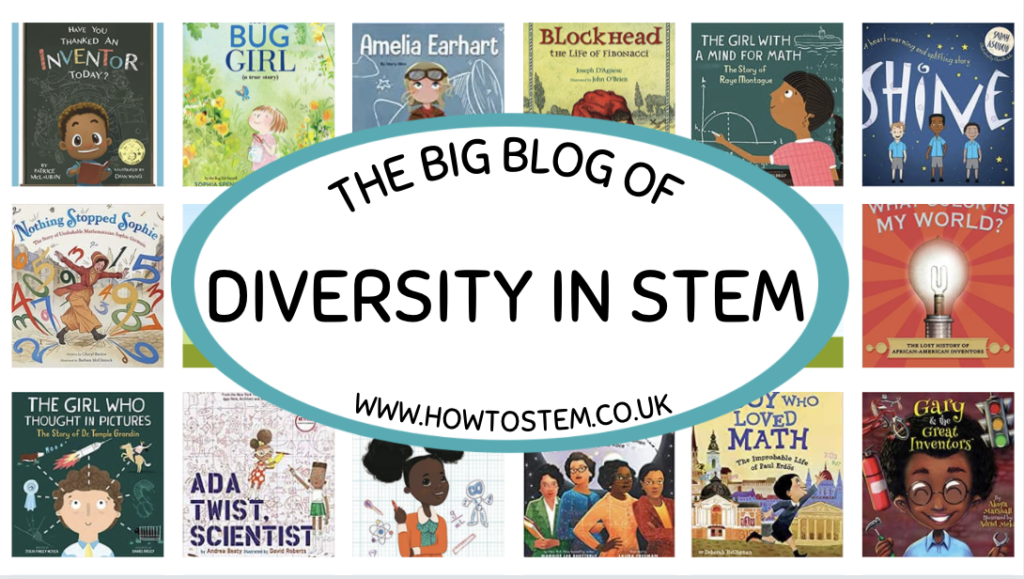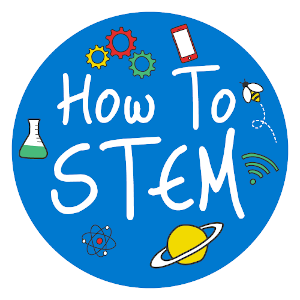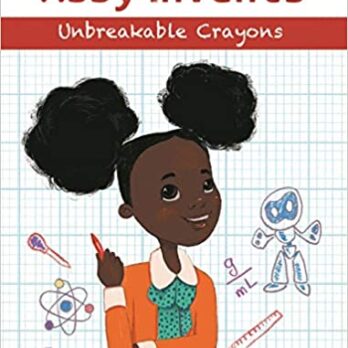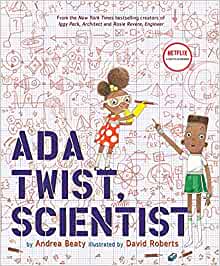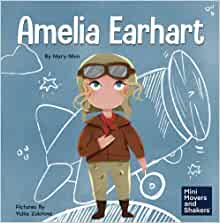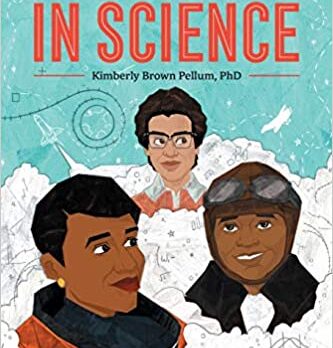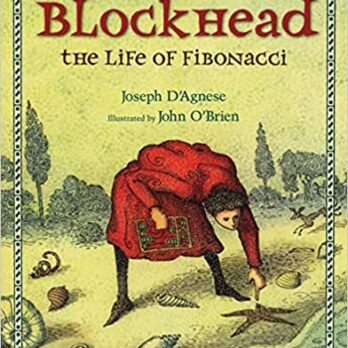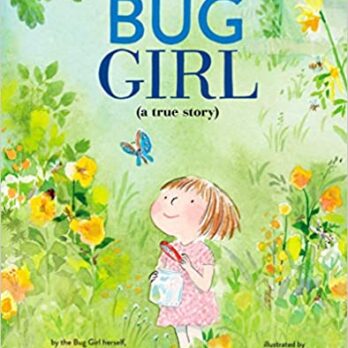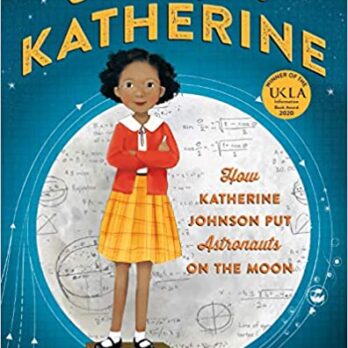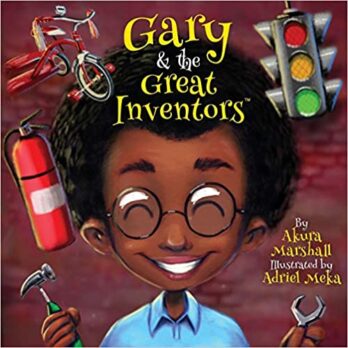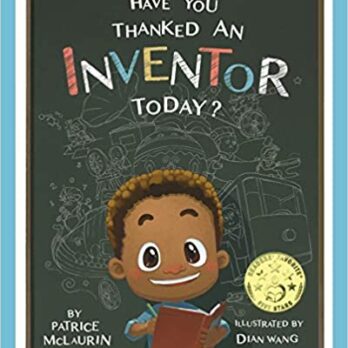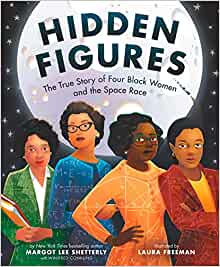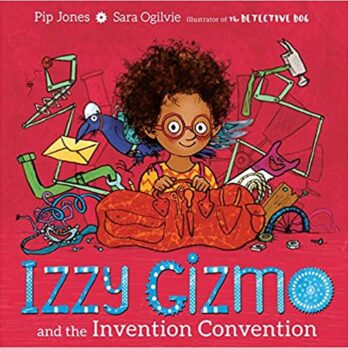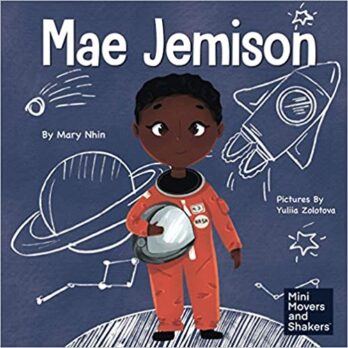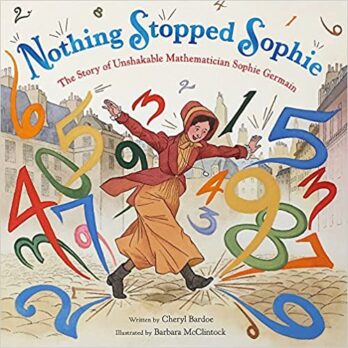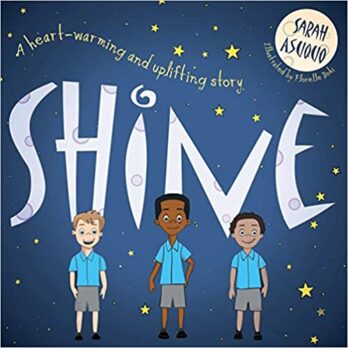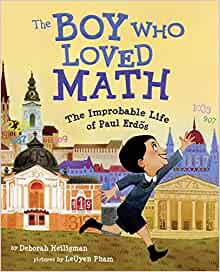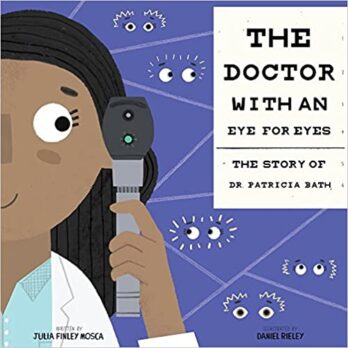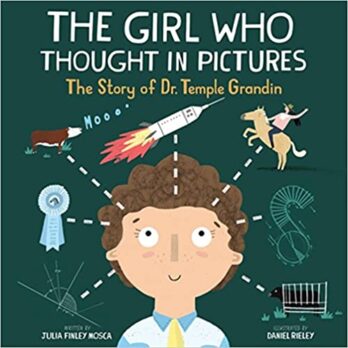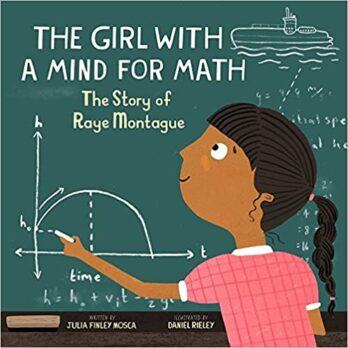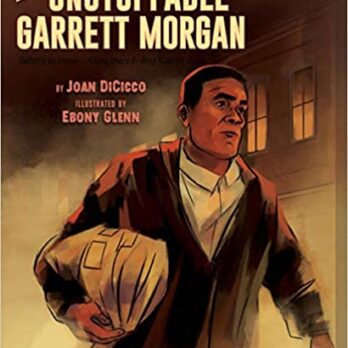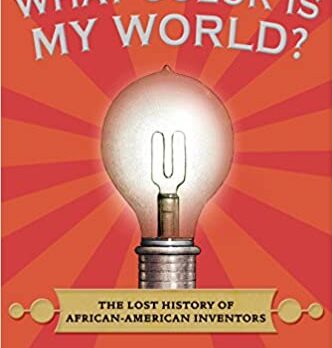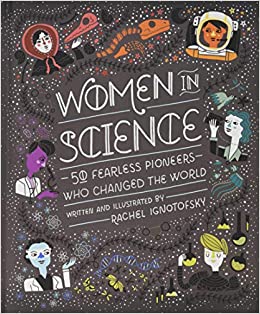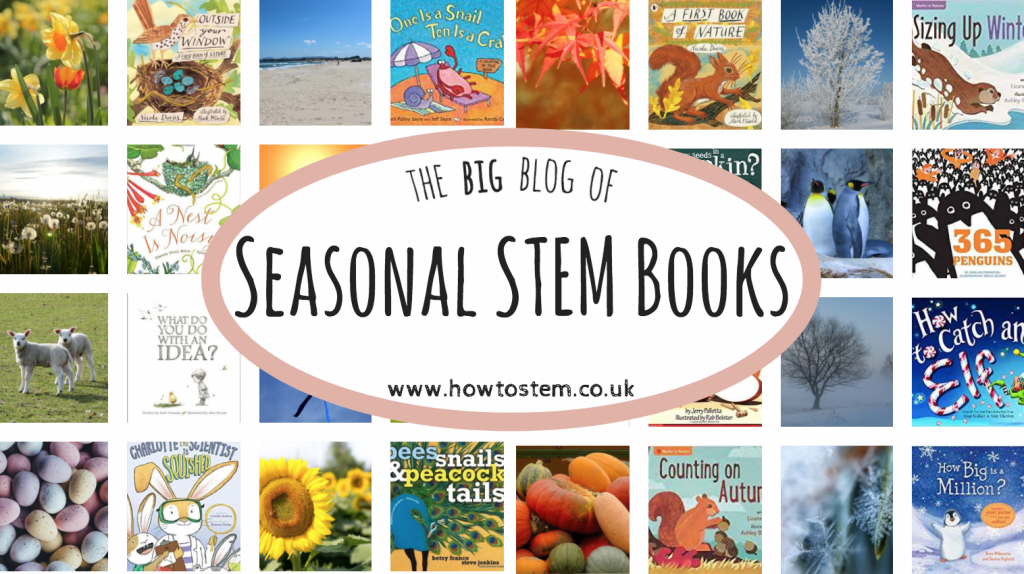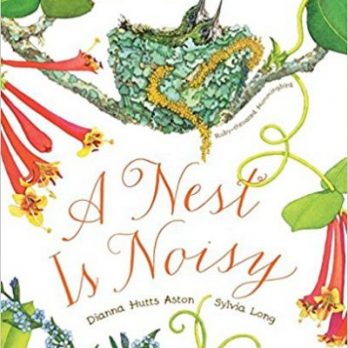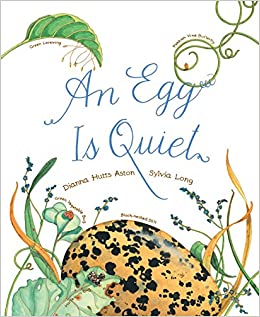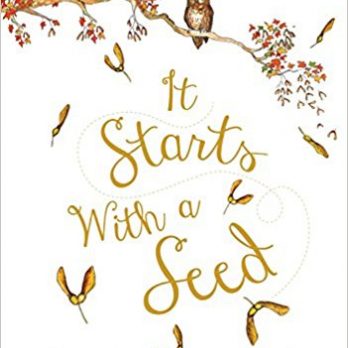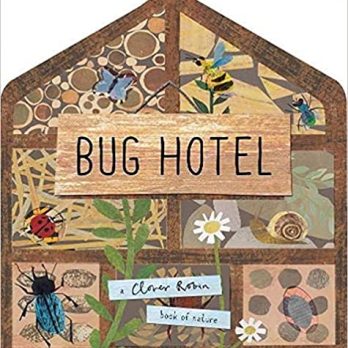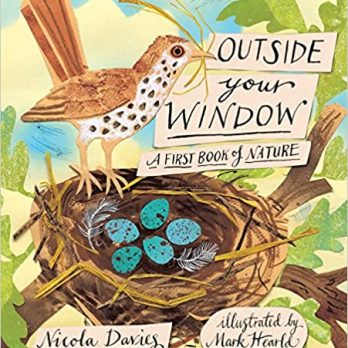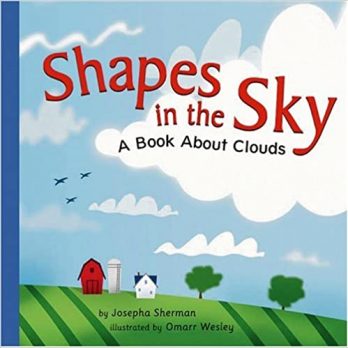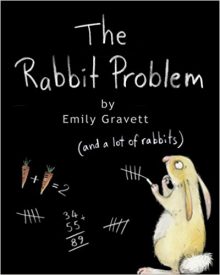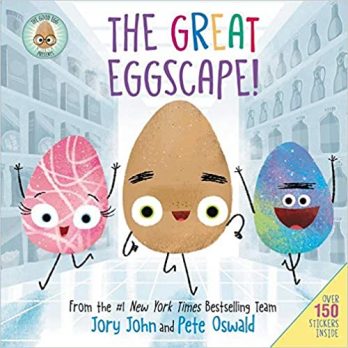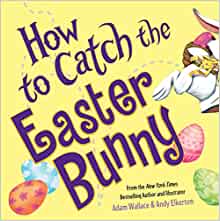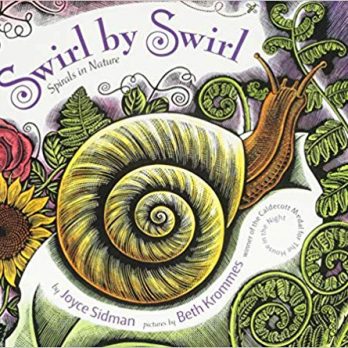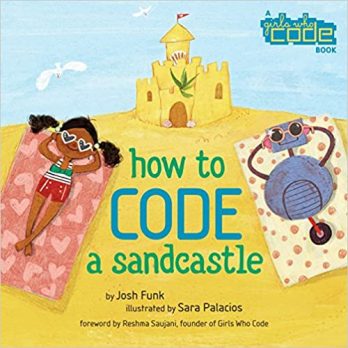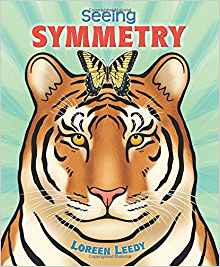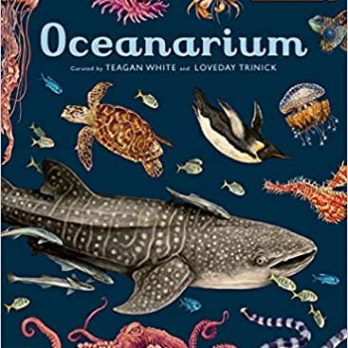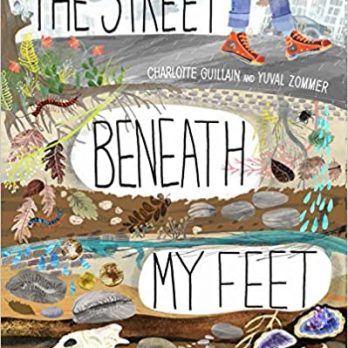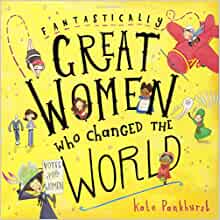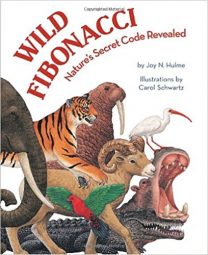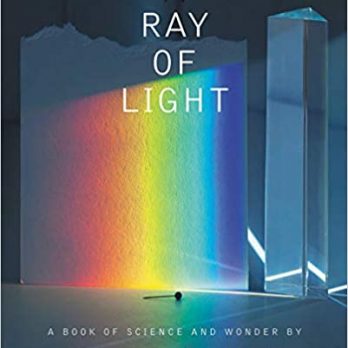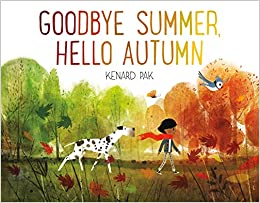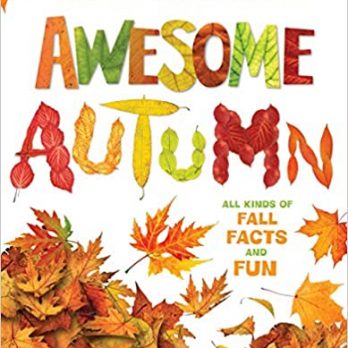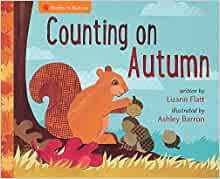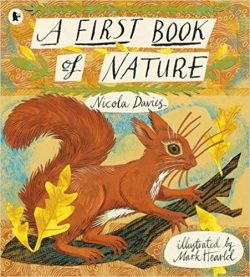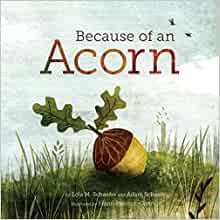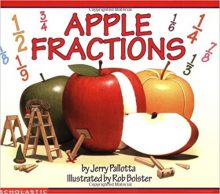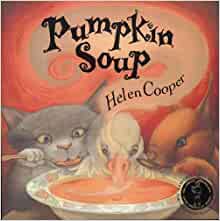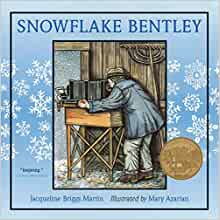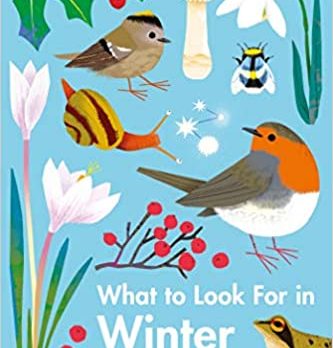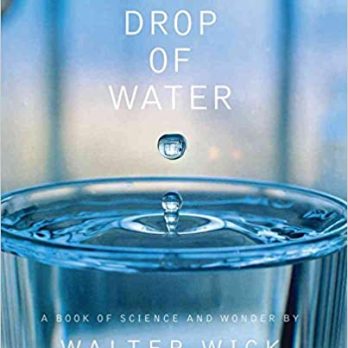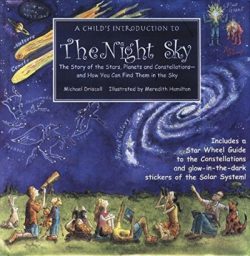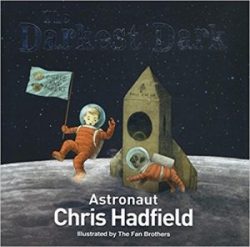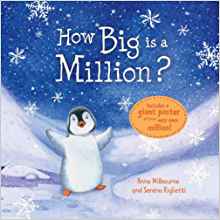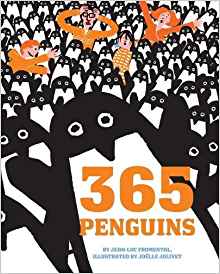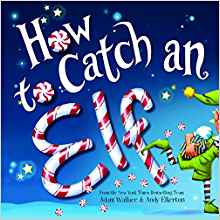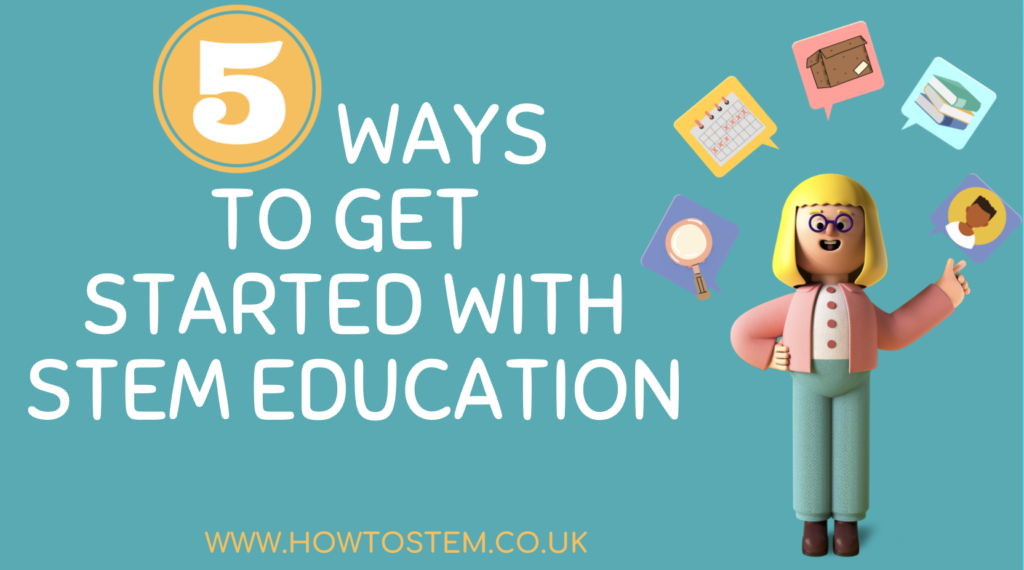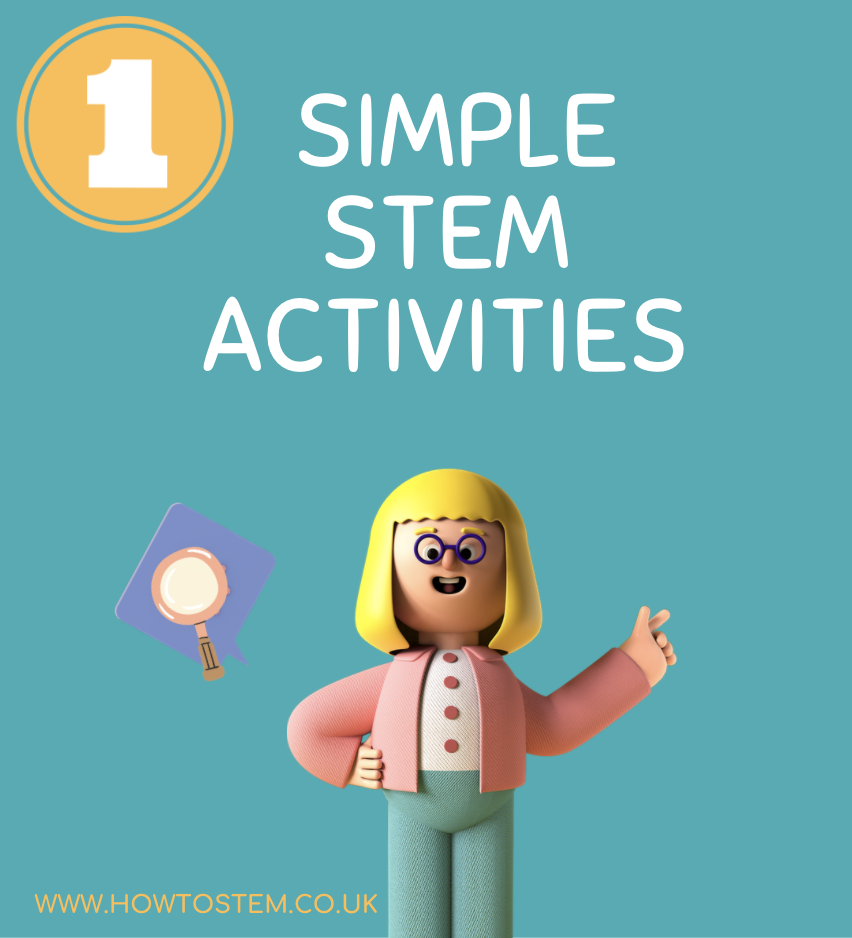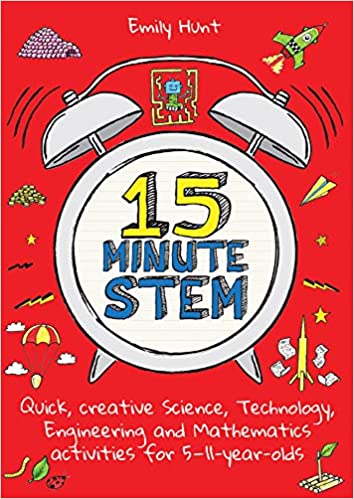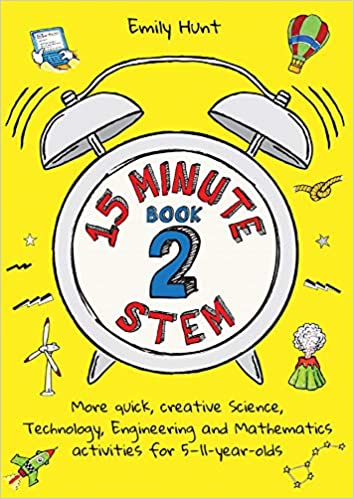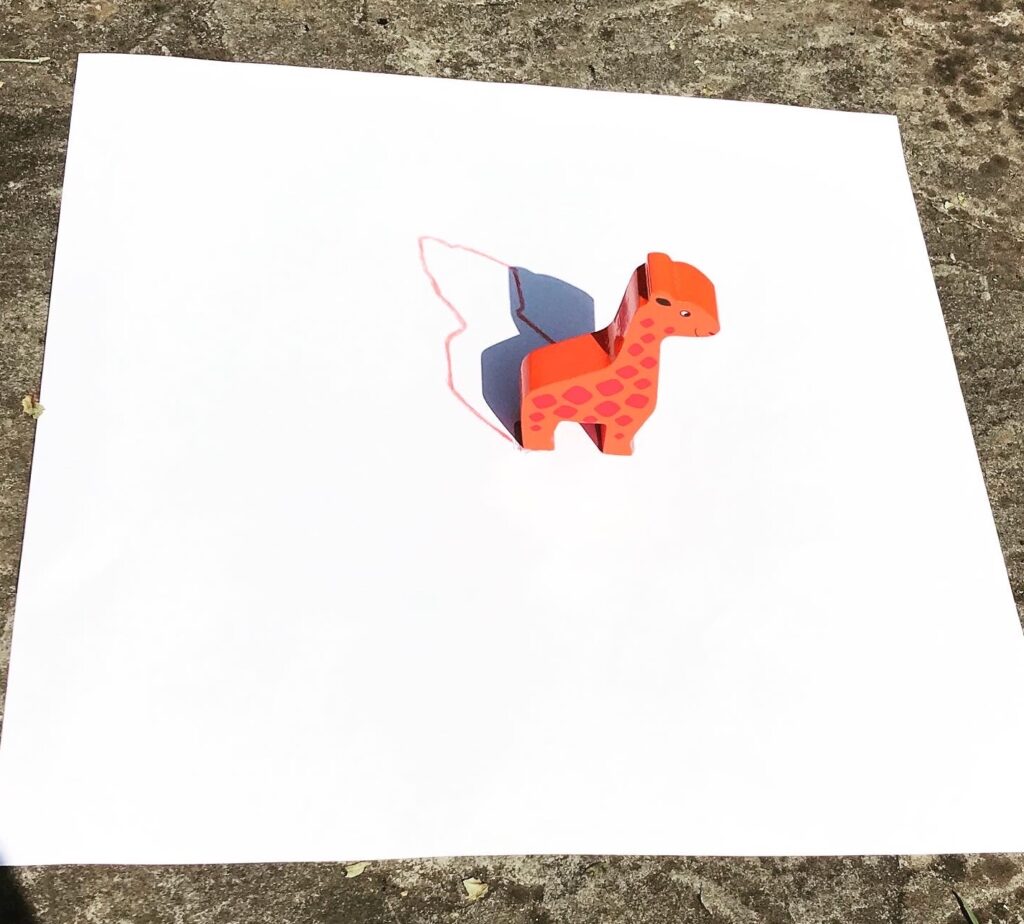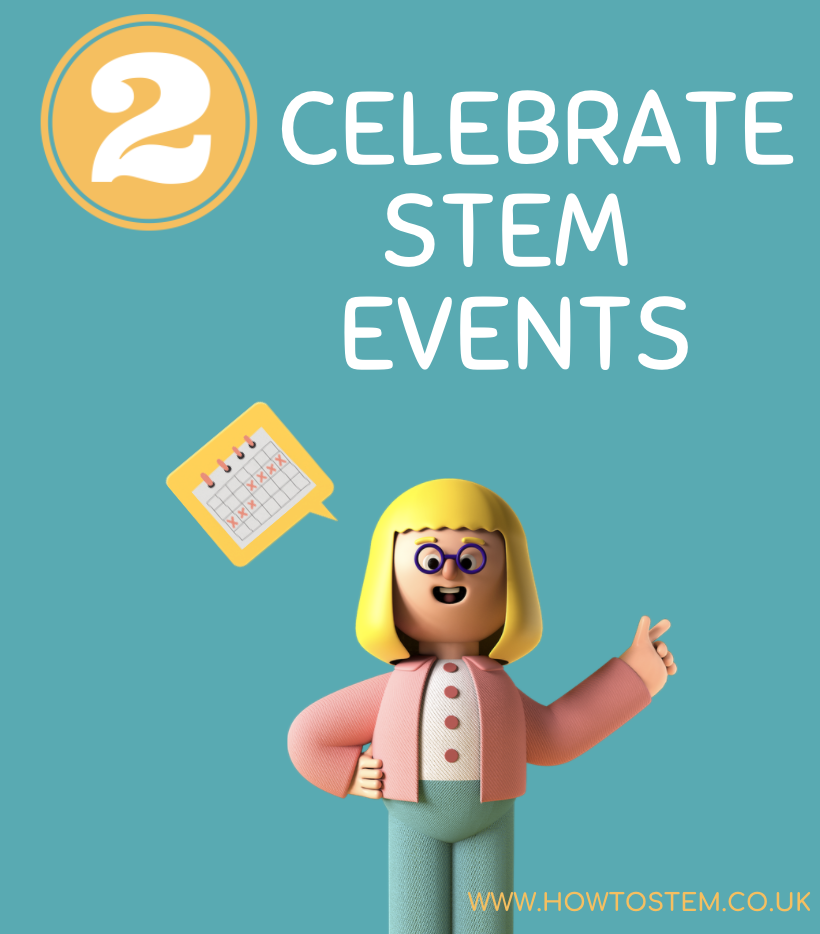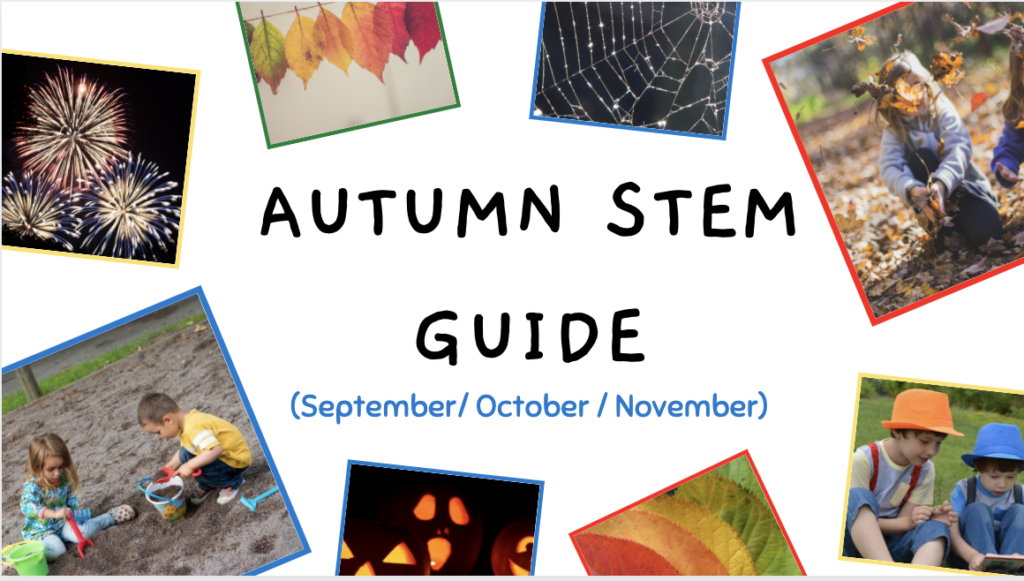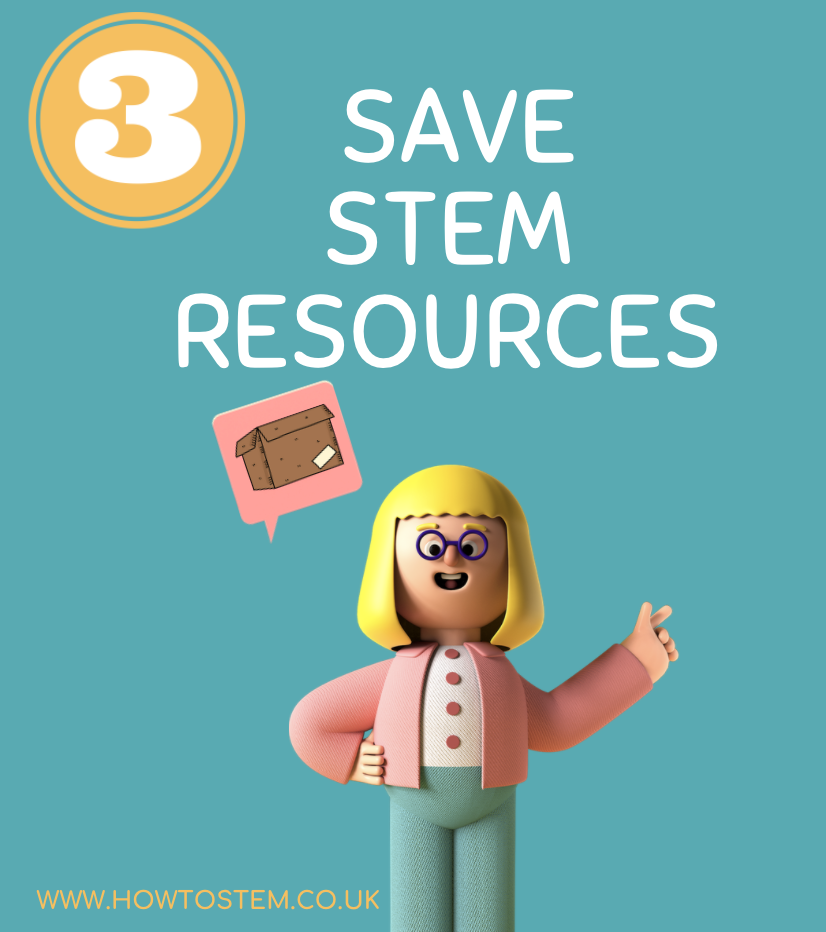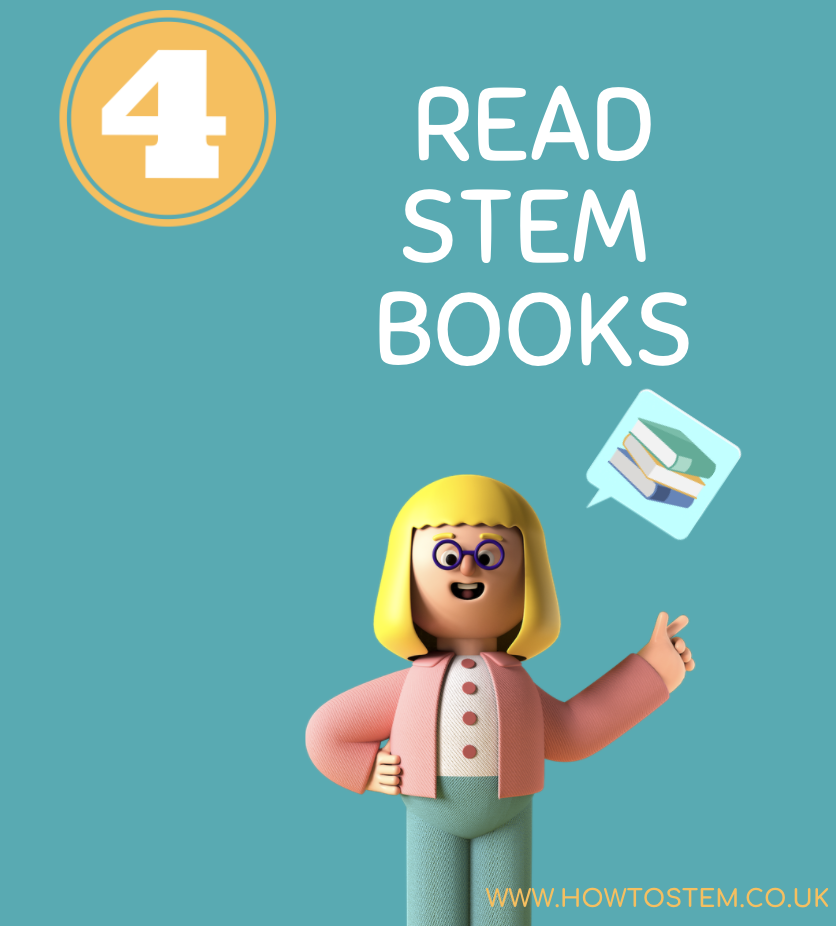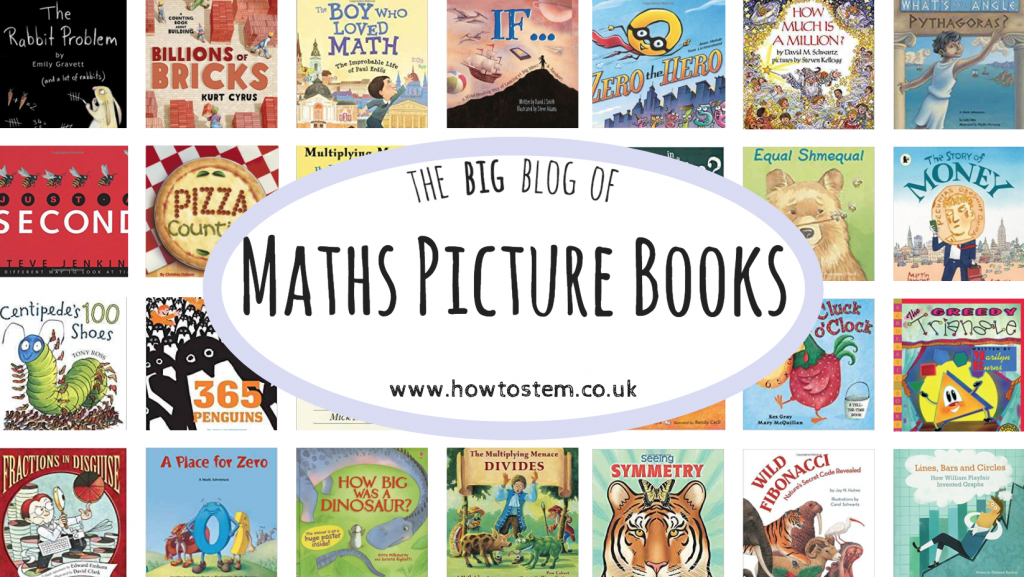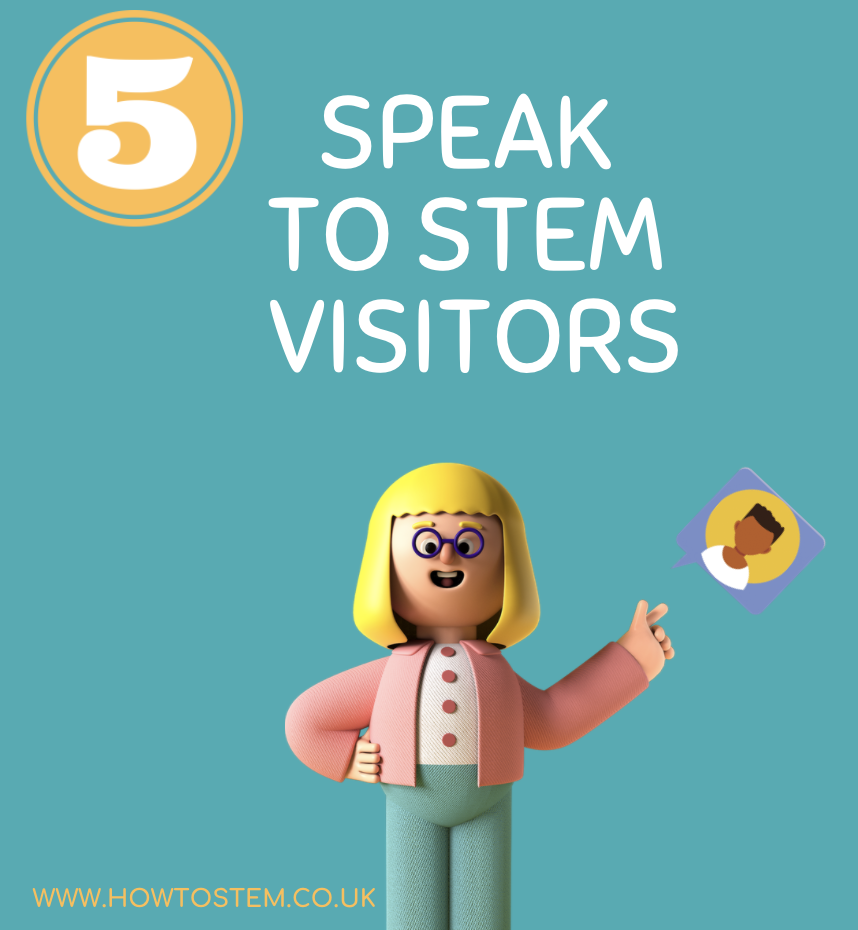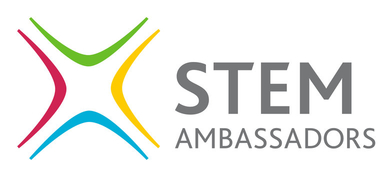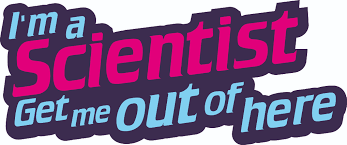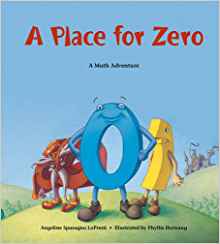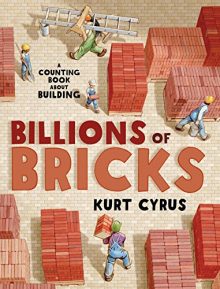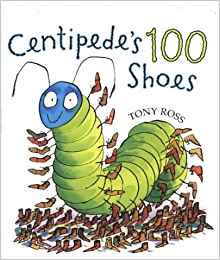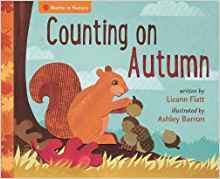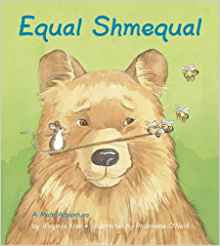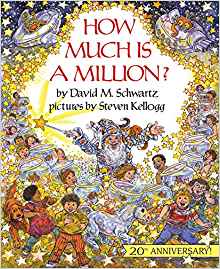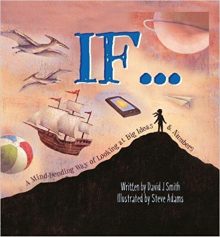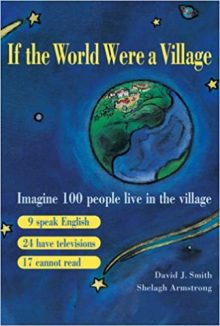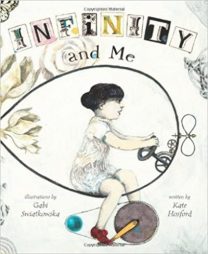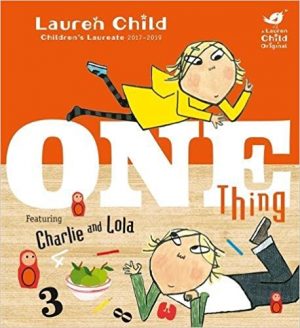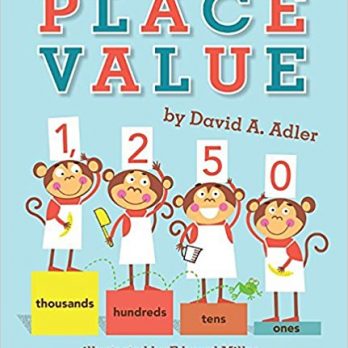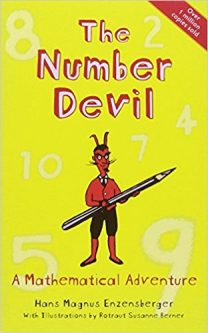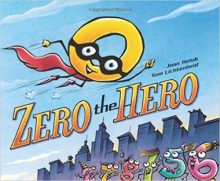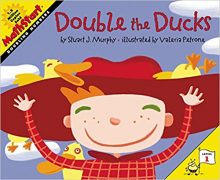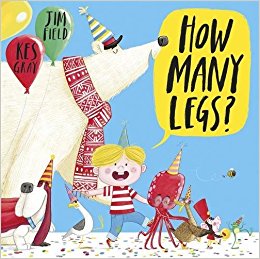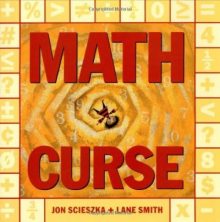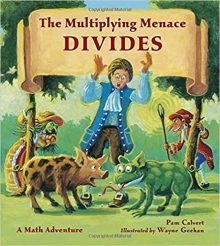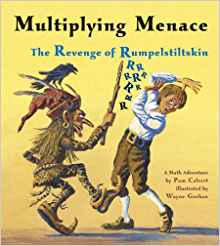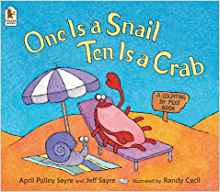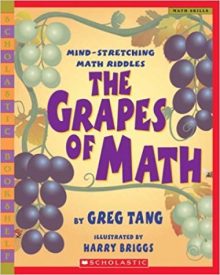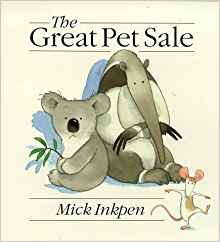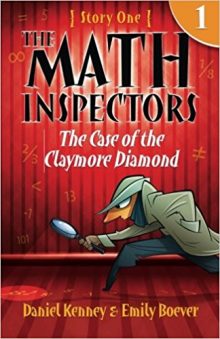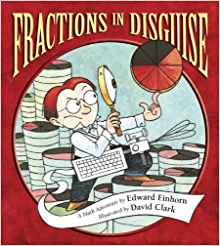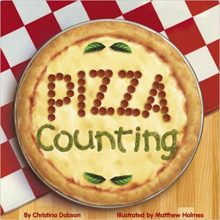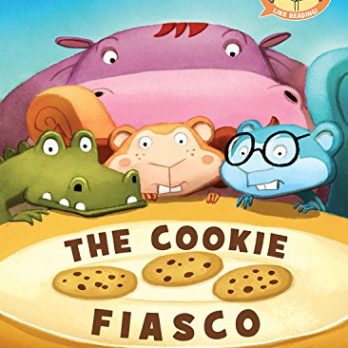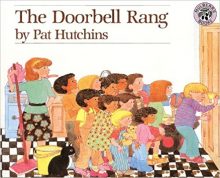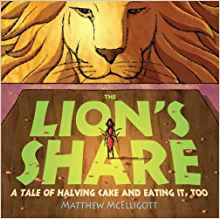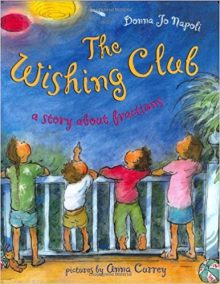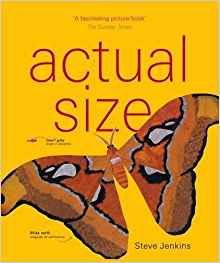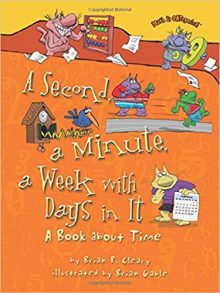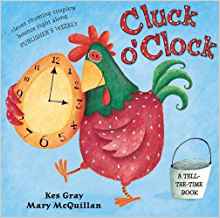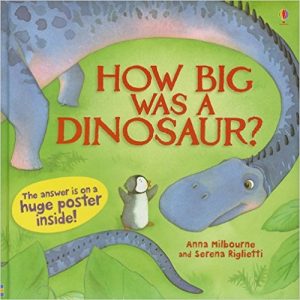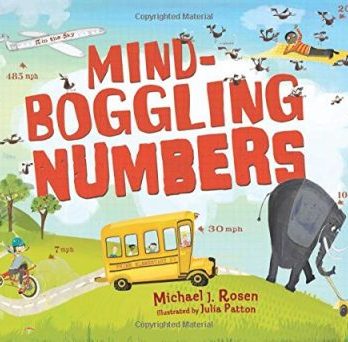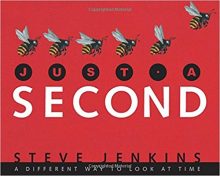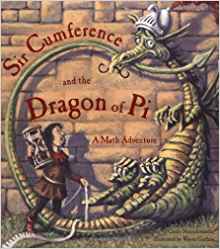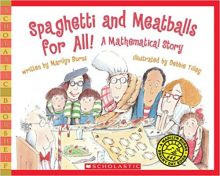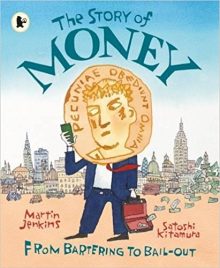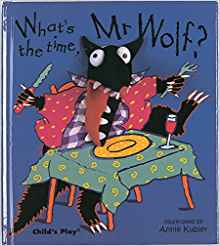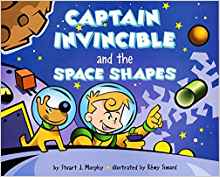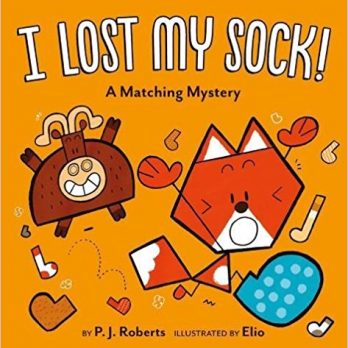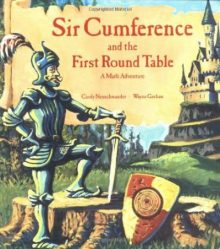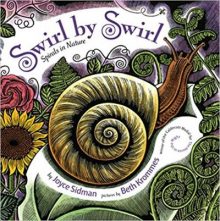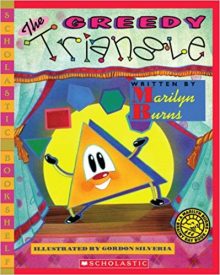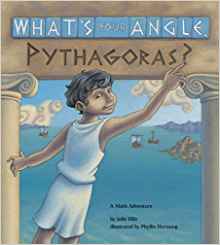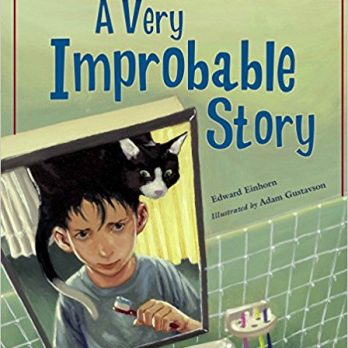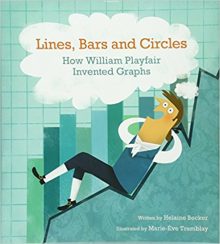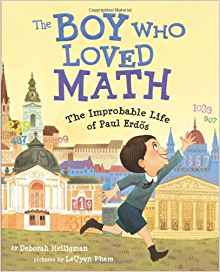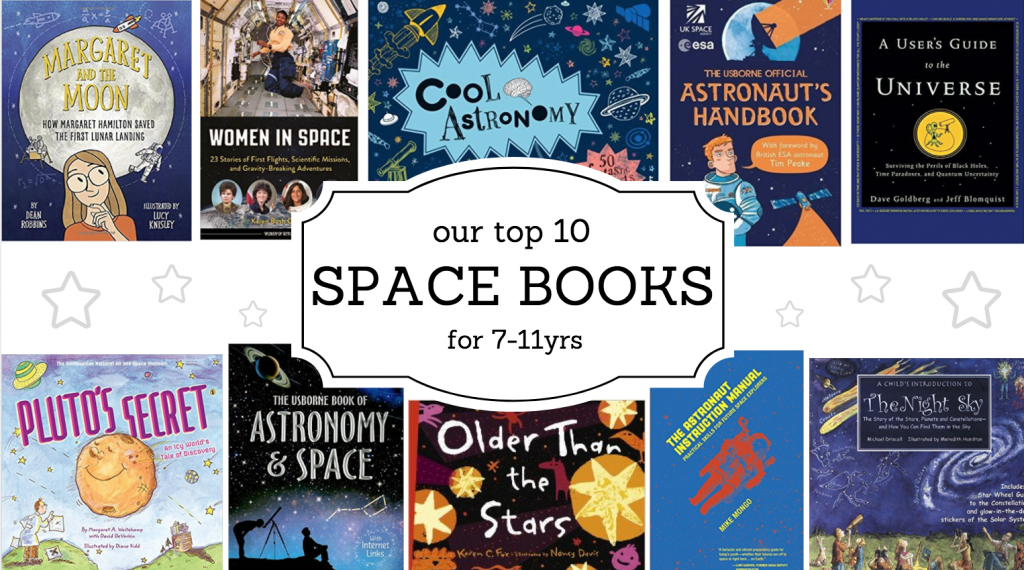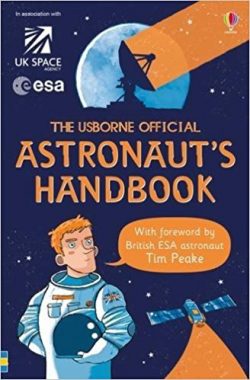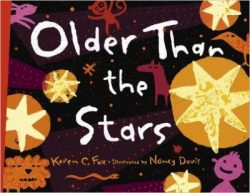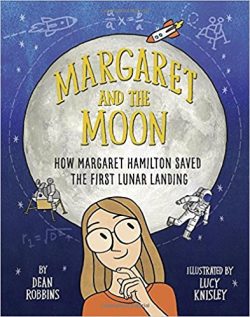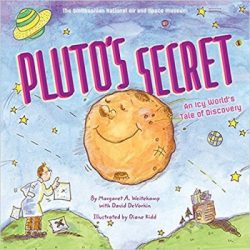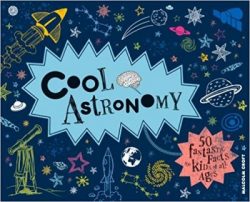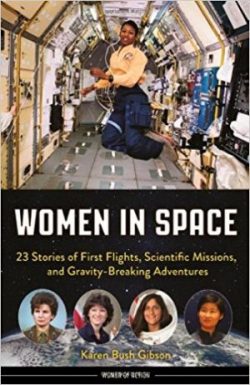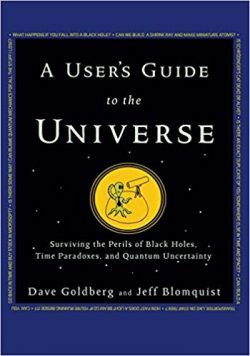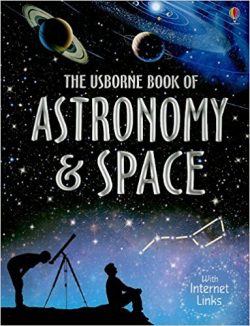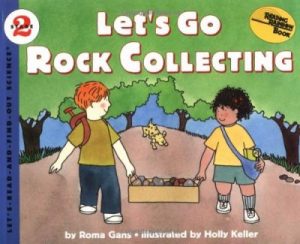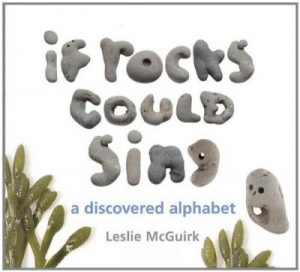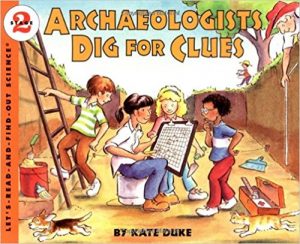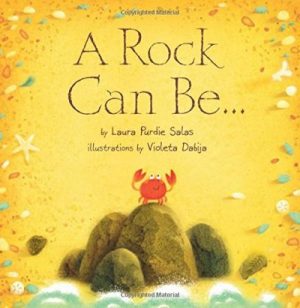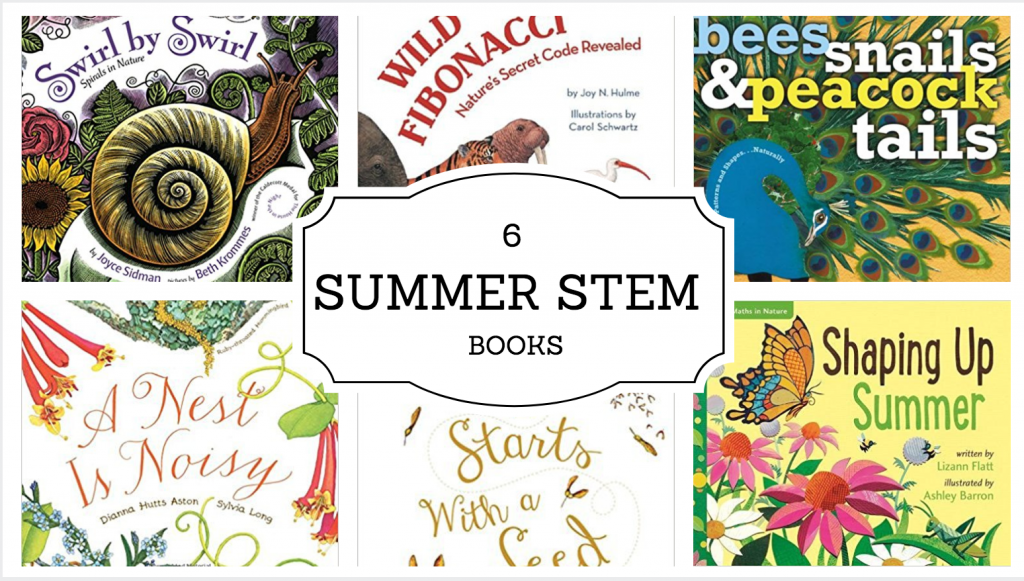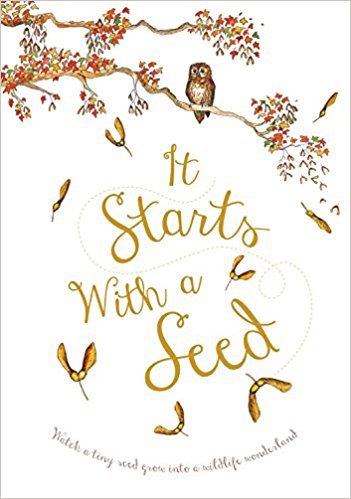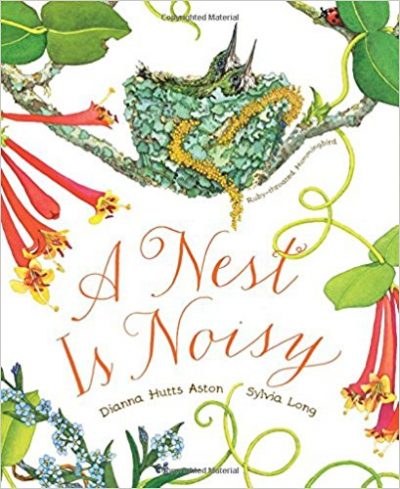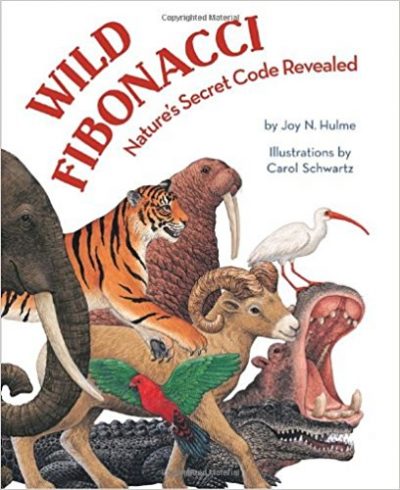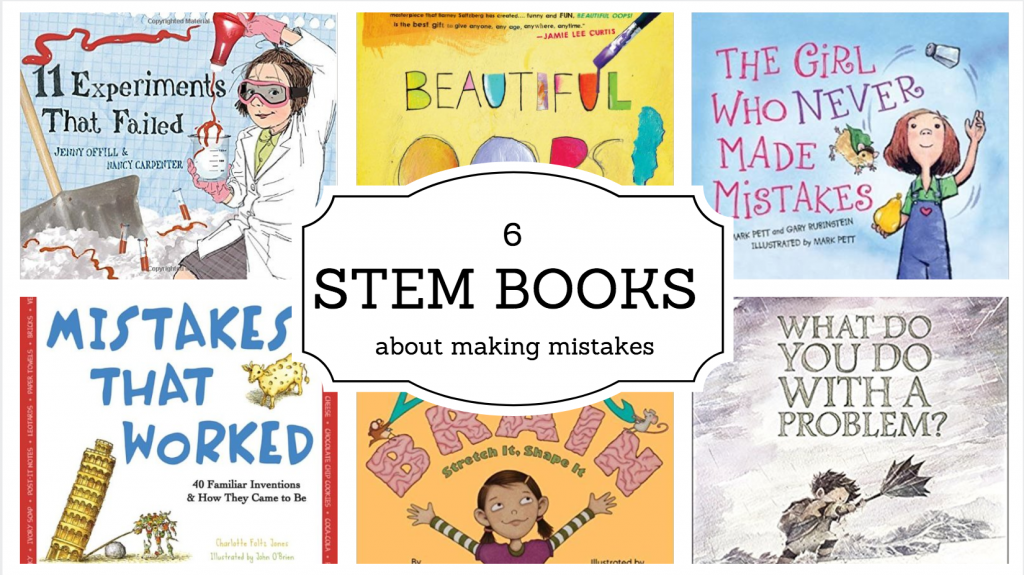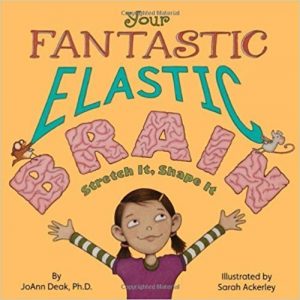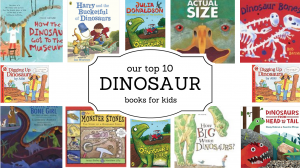
Most children go through a ‘dinosaur phase’ at some point in their early lives. We don’t blame them – dinosaurs are incredible! We’ve compiled a list of our top 10 dinosaur books. Our list contains a mixture of fiction, non-fiction, picture and chapter books. Each book will help your children to find out more about dinosaurs and will link perfectly to our Digs & Dinos activities. Here we go…
10. Harry and the Bucket Full of Dinosaurs
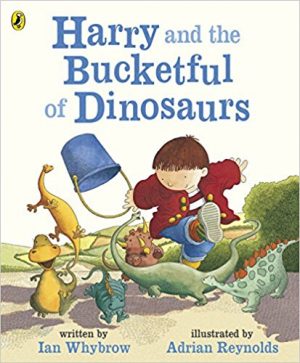
DESCRIPTION FROM THE PUBLISHER: Harry finds some dusty plastic dinosaurs in Nan’s attic. He cleans them, finds out their names and takes them everywhere – until, one day, the dinosaurs get lost! The lost property man gets a surprise when Harry proves the dinosaurs are his by calling them over to him.
IDEAS FOR USE: Read this then have a go at our ‘Digs & Dinos‘ Dinosaur Ice Excavation activity.
SUGGESTED AGE: EYFS & KS1
For Amazon.co.uk click here For Amazon.com click here
9. The Dinosaur’s Diary
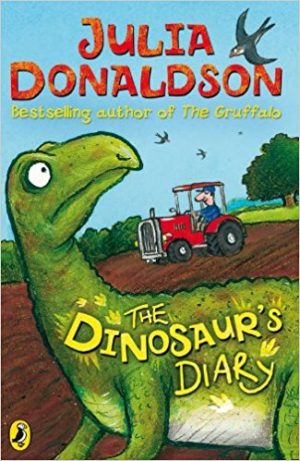
DESCRIPTION FROM THE PUBLISHER: Surviving and finding a safe place to lay her eggs is difficult for Hypsilophodon with dinosaurs like Tyrannosaurus Rex around. When she falls into a mysterious pool and finds herself on a modern farm there are still problems. Finally she finds a safe place to hatch her babies, but how can she keep thirteen baby dinosaurs safe and secret? When the farmer catches one – Hector – and plans to take him to the vet, it’s up to Hypsilophodon and her fiesty daughter, Henrietta, to get him back. After a daring rescue, Hypsilophodon takes all her youngsters back through the mysterious pool to her own world.
IDEAS FOR USE: Read this then have a go at our ‘Digs & Dinos‘ Salt Dough Dinosaur Bones activity.
SUGGESTED AGE: KS1 & lower KS2
For Amazon.co.uk click here For Amazon.com click here
8. Dinosaurs from Head To Tail
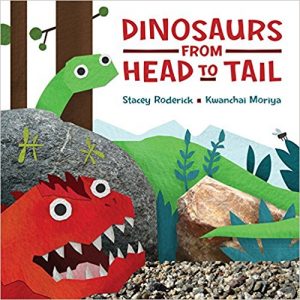
DESCRIPTION FROM THE PUBLISHER: Archaeologists on a dig work very much like detectives at a crime scene. Every chipped rock, charred seed, or fossilized bone could be a clue to how people lived in the past. In this information-packed Let’s-Read-and-Find-Out Science book, Kate Duke explains what scientists are looking for, how they find it, and what their finds reveal.
IDEAS FOR USE: Read this then have a go at our ‘Digs & Dinos‘ Dinosaur Measuring activity.
SUGGESTED AGE: KS1 & lower KS2
For Amazon.co.uk click here For Amazon.com click here
7. Dinosaur Bones
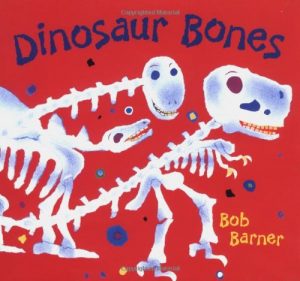
DESCRIPTION FROM THE PUBLISHER: With a lively rhyming text and vibrant paper collage illustrations, author-artist Bob Barner shakes the dust off the dinosaur bones found in museums and reminds us that they once belonged to living, breathing creatures. Filled with fun dinosaur facts (a T. Rex skull can weigh up to 750 pounds!) and an informational “Dinometer,” Dinosaur Bones is sure to make young dinosaur enthusiasts roar with delight. Along with the rhyming, read-aloud text comes nearly 30 fun and amazing facts about dinosaurs. Also included is a “Dinometer,” describing information about different dinosaurs such as its height, weight and footprint size.
IDEAS FOR USE: Read this then have a go at our ‘Digs & Dinos‘ Salt Dough Dinosaur Bones activity.
SUGGESTED AGE: EYFS, KS1 & lower KS2
For Amazon.co.uk click here For Amazon.com click here
6. How Big Were Dinosaurs?
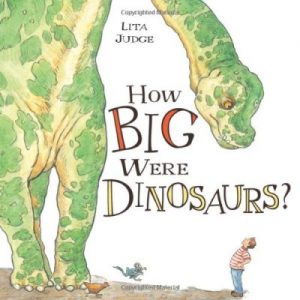
DESCRIPTION FROM THE PUBLISHER: Have you ever wondered what it would be like to take a Velociraptor for a walk, or try to brush a Tyrannosaur’s teeth? We think of dinosaurs as colossal giants, but how big were they REALLY? With kid-friendly text and seriously silly illustrations, this fact-filled book puts dinosaurs next to modern animals so that you can see exactly how they size up. And a huge fold-out chart compares the dinos to each other, from the tiniest Microraptor to Argentinosaurus, the largest animal to ever walk the land.
IDEAS FOR USE: Read this book and then have a go at our ‘Digs & Dinos’ Dinosaur Footprint Measuring activity.
SUGGESTED AGE: EYFS, KS1 & lower KS2
For Amazon.co.uk click here For Amazon.com click here
5. Prehistoric Actual Size
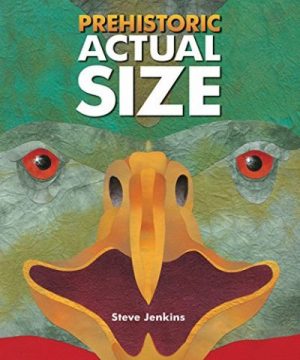
DESCRIPTION FROM THE PUBLISHER: What is it like to come face-to-face with the ten-foot-tall terror bird? Or stare into the mouth of the largest meat eater ever to walk the earth? Can you imagine a millipede that is more than six feet long, or a dinosaur smaller than a chicken? In this -actual size- look at the prehistoric world, which includes two dramatic gatefolds, you’ll meet these awe-inspiring creatures, as well as many others.IDEAS FOR USE: Have a go at our ‘make your own fossils’ STEM project!
IDEAS FOR USE: Read this then have a go at our ‘Digs & Dinos‘ Dinosaur Measuring activity.
SUGGESTED AGE: EYFS, KS1 & lower KS2
For Amazon.co.uk click here For Amazon.com click here
4. How The Dinosaur Got To The Museum
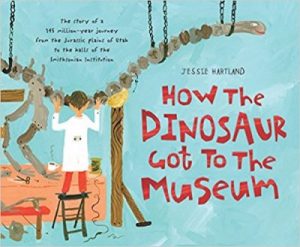
DESCRIPTION FROM THE PUBLISHER: Acclaimed author/illustrator Jessie Hartland presents the fascinating 145-million-year journey of a dinosaur: a Diplodocus longus, from its discovery in 1923 in Utah to its arrival in the hallowed halls of the Smithsonian National Museum of Natural History in Washington, D.C.
IDEAS FOR USE: Read this then have a go at our ‘Digs & Dinos‘ Dinosaur Ice Excavation activity.
SUGGESTED AGE: EYFS, KS1 & lower KS2
For Amazon.co.uk click here For Amazon.com click here
3. Digging Up Dinosaurs
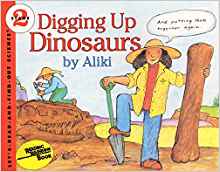
DESCRIPTION FROM THE PUBLISHER: Long ago, dinosaurs ruled the Earth. Then, suddenly, they died out. For thousands of years, no one knew these giant creatures had ever existed. Then people began finding fossils — bones and teeth and footprints that had turned to stone. Today, teams of experts work together to dig dinosaur fossils out of the ground, bone by fragile bone. Then they put the skeletons together again inside museums, to look just like the dinosaurs of millions of years ago.
IDEAS FOR USE: Read this book and then have a go at our ‘Digs & Dinos’ Dinosaur Footprint Measuring activity.
SUGGESTED AGE: KS1 & lower KS2
For Amazon.co.uk click here For Amazon.com click here
2. Stone Girl, Bone Girl
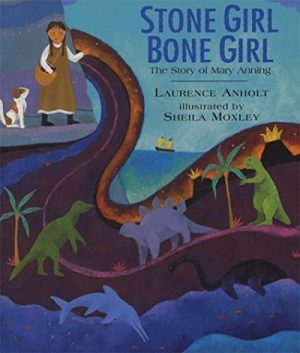
DESCRIPTION FROM THE PUBLISHER: Mary Anning is probably the world’s best-known fossil-hunter. As a little girl, she found a fossilised sea monster, the most important prehistoric discovery of its time. Best-selling author Laurence Anholt turns Mary’s fascinating life into a beautiful story, ideal for reading aloud. Sheila Moxley’s luscious pictures vividly evoke the coastal setting and the real-life dramas of this spectacular tale.
SUGGESTED AGE: KS1 & KS2
IDEAS FOR USE: Read our profile about Mary Anning here and use this as a basis for further research.
For Amazon.co.uk click here For Amazon.com click here
1. Monster Stones
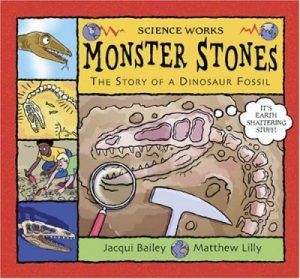
DESCRIPTION FROM THE PUBLISHER: This series uses cartoon style illustrations and humorous narrative text to make key topics in Science and Geography both accessible and engaging. This approach encourages children to read about and understand complex ideas. This book takes the reader back millions of years to tell the story of a dinosaur’s death. Through this story, we discover how fossils are formed. We also learn how they are discovered, removed, researched and preserved in museums. This book also contains an experiment, more great facts to know, useful websites and an index.
IDEAS FOR USE: Read this then have a go at our ‘Digs & Dinos‘ Salt Dough Dinosaur Bones activity.
SUGGESTED AGE: KS1 & KS2
For Amazon.co.uk click here For Amazon.com click here
